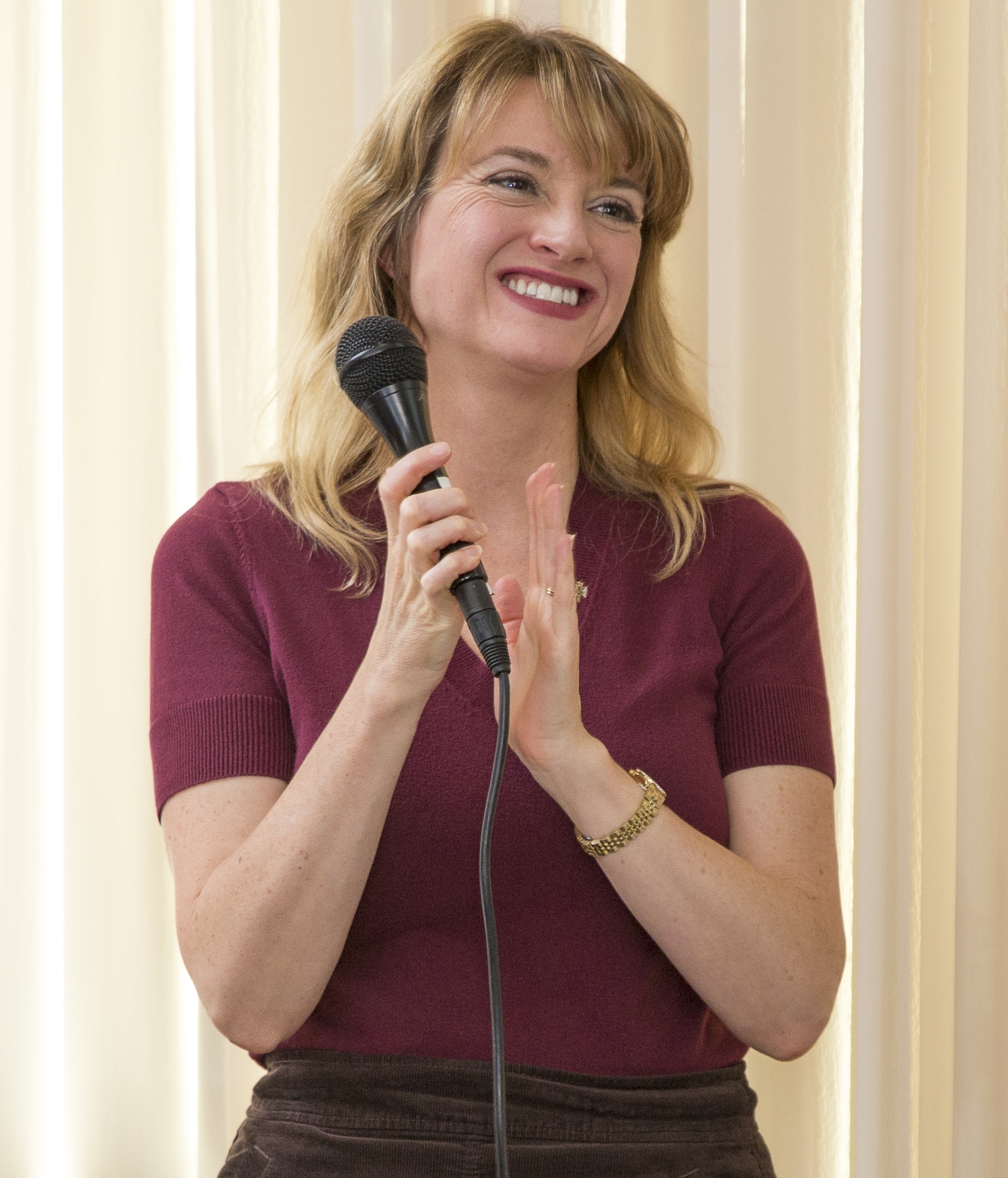“I want to find out where your breaking point is.” I paused and looked around the room. There was some nervous laughter; the audience wasn’t sure if I was serious or making a joke. It didn’t matter; I had their attention to launch my talk.
Last month, I wrote about “Surviving the sharks in your tank.” One of my tips was to engage your audience. Since I try to practice what I preach, I used this tip in my Ted-style talk hosted at Starz. I had spent hours preparing for a 14 minute talk, which is quite different than delivering a training workshop or even a presentation. It’s much more like story telling. However, it occurred to me that the format would be highly effective for you to gain attention and pique interest for your “talks” as well.
There are three steps to format your talks and get your audience engaged:
- Get attention. We all have heard this advice, but the master at getting attention is Certified Speaking Professional (CSP) Patricia Fripp. A unique tactic that I learned from her: start your story late. I opened with, “I want to find out where your breaking point is.” Then I told the backstory starting at the beginning. In chronological order this time, I repeated my opening statement with an explanation: “That’s what my VP told me.”
- Tell stories. Find stories to illustrate your point. People love and remember stories. It seems no matter how many I tell in training, people always want more. My point was: use your strengths to increase your productivity. I provided a real-time activity for them to experience this claim themselves (they now have their own story), a personal story, and two client stories to prove that productivity dramatically improves when you use your strengths.
- Call back. As humans we love completion, and we don’t like being left hanging and wondering what happened. Hence, it’s important to have a strong close to your talks. I’ve seen speakers tell a great story then just end with, “Thank you.” What? It’s over? It’s an abrupt ending that leaves me unsatisfied. Good comedians will close their sets with a “call back,” which is a reference to earlier stories or jokes. My call back was a reference to “your breaking point,” and I left them with a humorous poem.
Next time you need to get your point across, consider formatting your talk with these three steps. I’d love to hear your stories of what happens when you do. Contact me for more tips on effective communication.

